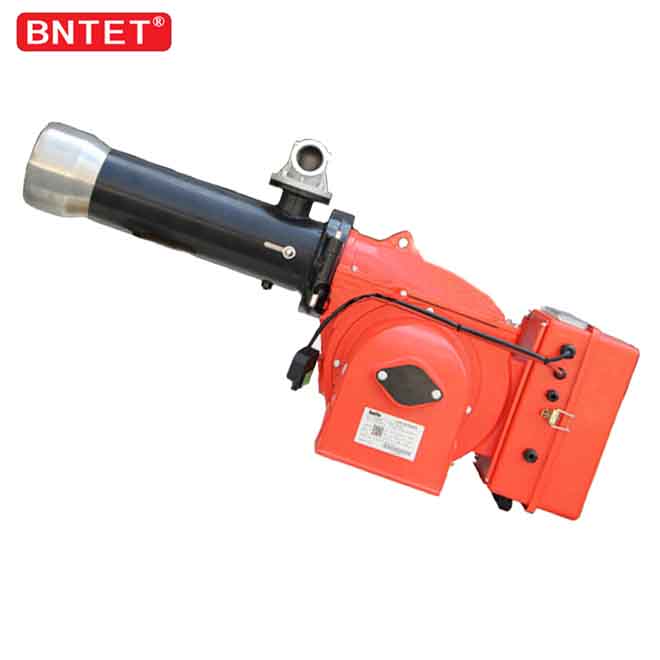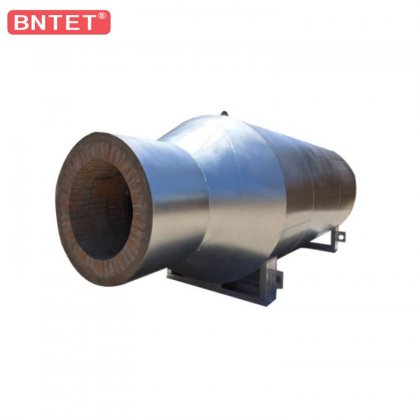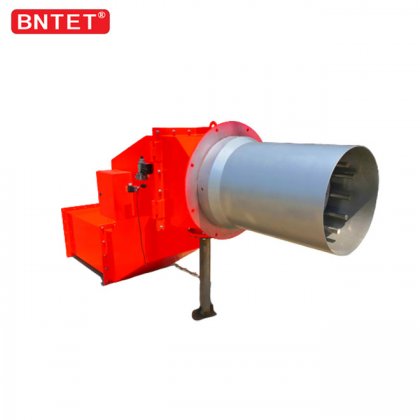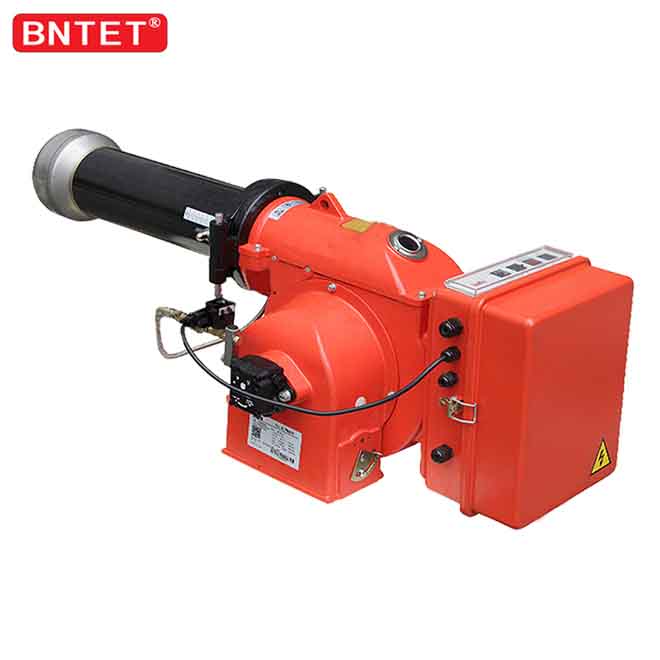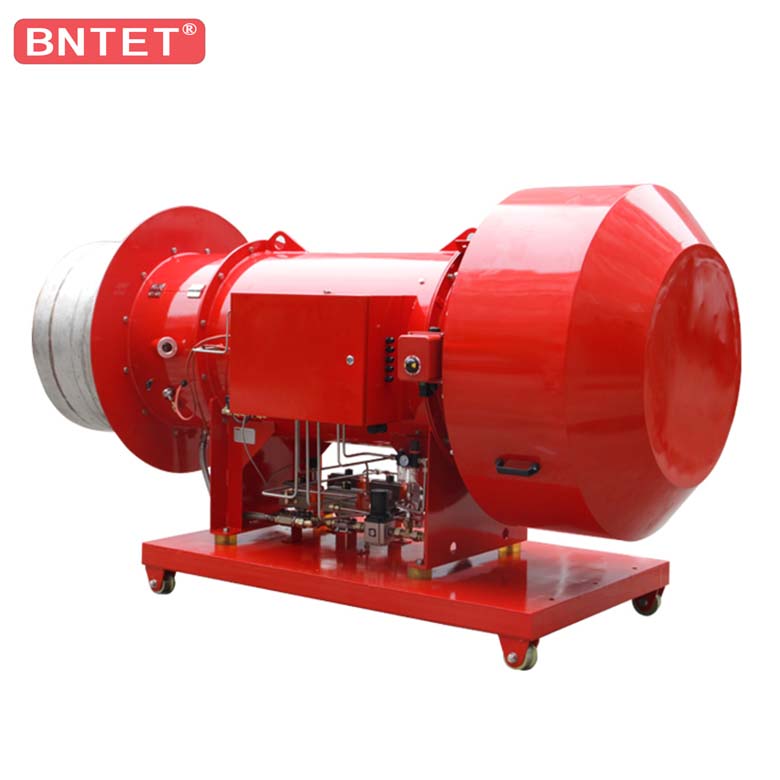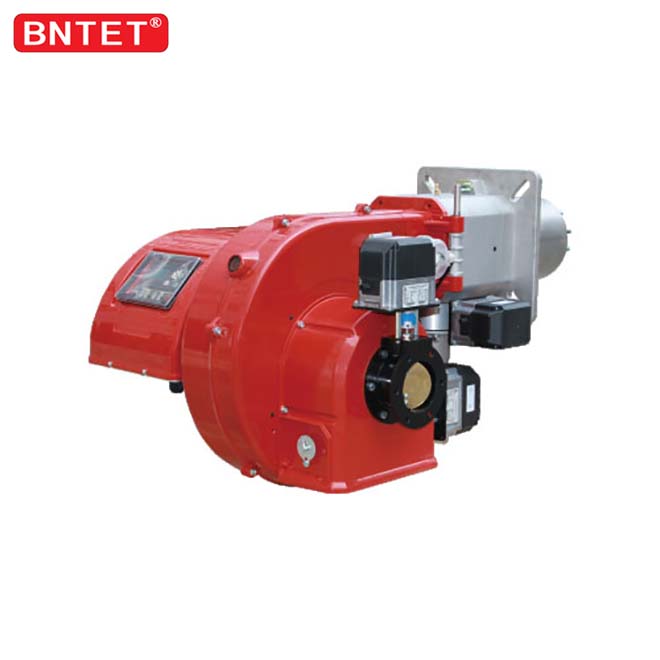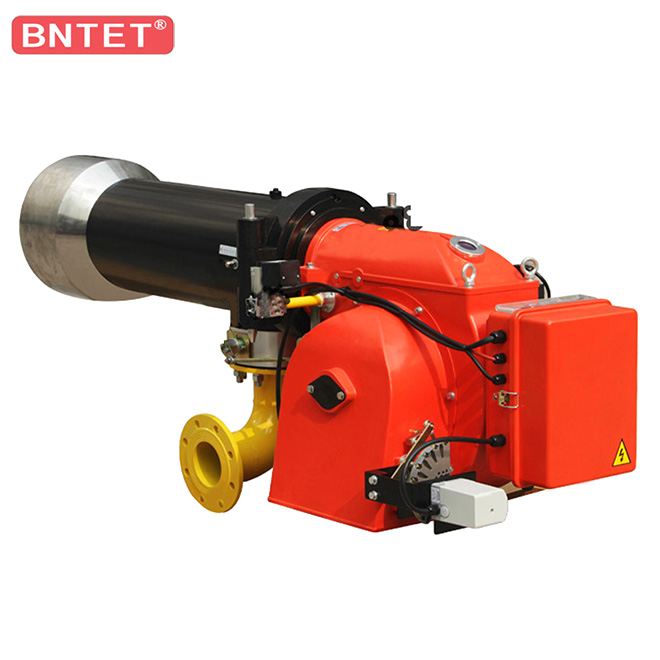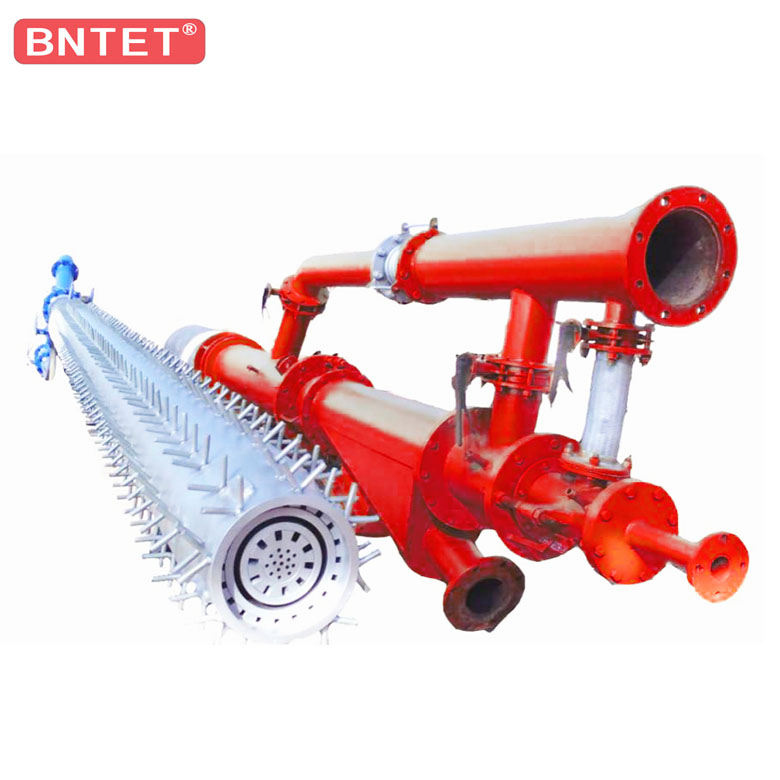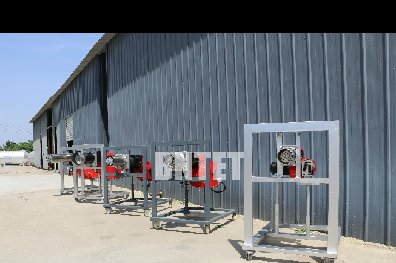
Introduction to heavy oil fuels
Heavy oil is the by-product of crude oil refining. It is usually made of cracked heavy oil, reduced pressure heavy oil, atmospheric heavy oil or wax oil in different proportions.
In the selection, the overall requirements should be high calorific value, good combustion performance, moderate viscosity, corrosion and small solid impurities, easy to store and transport.
viscosity
Viscosity indicates the flow performance of fuel. The greater the viscosity is, the worse the atomization effect will be. It is the most important quality index and performance index of heavy oil, and directly affects the working efficiency and fuel consumption of oil pump and nozzle.With the increase of temperature, the viscosity of heavy oil decreases gradually, so the oil with high viscosity must be heated in order to transport and atomize smoothly.
Therefore, in the selection of oil, in addition to understanding the conventional indicators of oil, it is also necessary to understand the viscosity - temperature curve of oil, to ensure that heating can make heavy oil reach the viscosity required by the pre-atomization burner.For mechanical atomizing burners, the optimal fuel viscosity before the nozzle is 2.5 ~ 3.5°Et, and the optimal fuel viscosity for high-pressure air atomizing burners is 4.5 ~ 5.8°Et.
The viscosity of the unit expression has Englder viscosity (°Et) and kinematic viscosity t (mm2/s, also known as centis cSt), the conversion relation is: t=7.310° ET-6.31 /°Et
Sulfur content
In heavy oils, sulfur may be present in various forms, such as elemental, compound, etc.The discharge of SO2 and SO3 generated by sulfur into the atmosphere after combustion will seriously pollute the environment and combine with water vapor to produce highly corrosive sulfurous acid and sulfuric acid, which will affect the service life of flue, dust collector and fan.In addition, the sulfide in the oil pipeline, valve, pump, sealing ring, spray gun and so on have different degrees of influence.Therefore, when choosing heavy oil, the lower the sulfur content, the better, generally should be less than 3%.
Mechanical impurities
Mechanical impurities will block the filter screen, spray gun, oil valve, accelerate the wear of oil pump, nozzle, and seriously affect the service life of the parts, so the general requirements of fuel mechanical impurities content less than 0.5 ~ 1%.
Flash point and flash point
Flash point and ignition point are important indexes of fire and explosion safety of fuel. The higher the temperature is, the better.When selecting oil, it is important to know its flash point and ignition point to determine the heating temperature.In the heavy oil storage tank without pressure opening, its heating temperature should be below the flash point of 10 ~ 20℃, which can effectively avoid fire.
Calorific value
Calorific value is an important economic index of fuel, which is directly related to fuel consumption of asphalt stations. The higher the calorific value, the better.Normally the low calorific value of oil is 38.5 ~ 44MJ/kg.
The water content
Water is one of the main impurities in fuel. It not only reduces the content of combustible components in fuel, but also makes it difficult for fuel to ignite.Excessive moisture will increase the corrosion of pipes and equipment, increase the heat loss of smoke extraction and transport energy consumption, while uneven moisture content will lead to flame pulsation or even flameout.Fuel oil should be dehydrated before use, and the general moisture content should be controlled between 1% and 3%.
Technical feature
1. Adopt flame stabilizer, so that the flame root can maintain a stable eddy current cycle and reduce the rotation of internal wind, thus reducing the primary air volume by half.
2, the use of flame cover, so that the heavy oil in the air flow can not be arbitrarily divergent and produce evil effect, the flame shape is more reasonable, avoid the kiln head high temperature, extend the service life of the kiln mouth protection iron.
3. The external clean air has intermittent rectangular direct air injection, which is changed to annular clearance injection after reaching the front end of the burner. At the same time, increasing the area of annular clearance can lengthen the flame and improve the average temperature in the kiln.
4. The swirl vane is installed at the front end of the inner duct, 2cm away from the front end of the outer cylinder wall, which plays a role of folding flame and avoiding high temperature of the kiln head.The first handle of the burner can be adjusted. The position of the cyclone blade is positioned at the 6 "position of the ruler when leaving the factory. The adjustment range is 0}6cm with no negative value.
5. The central wind blows the high temperature gas around the nozzle back, which not only cools the nozzle interior, but also cools the end face, thus protecting the burner head and extending the burner's life.
